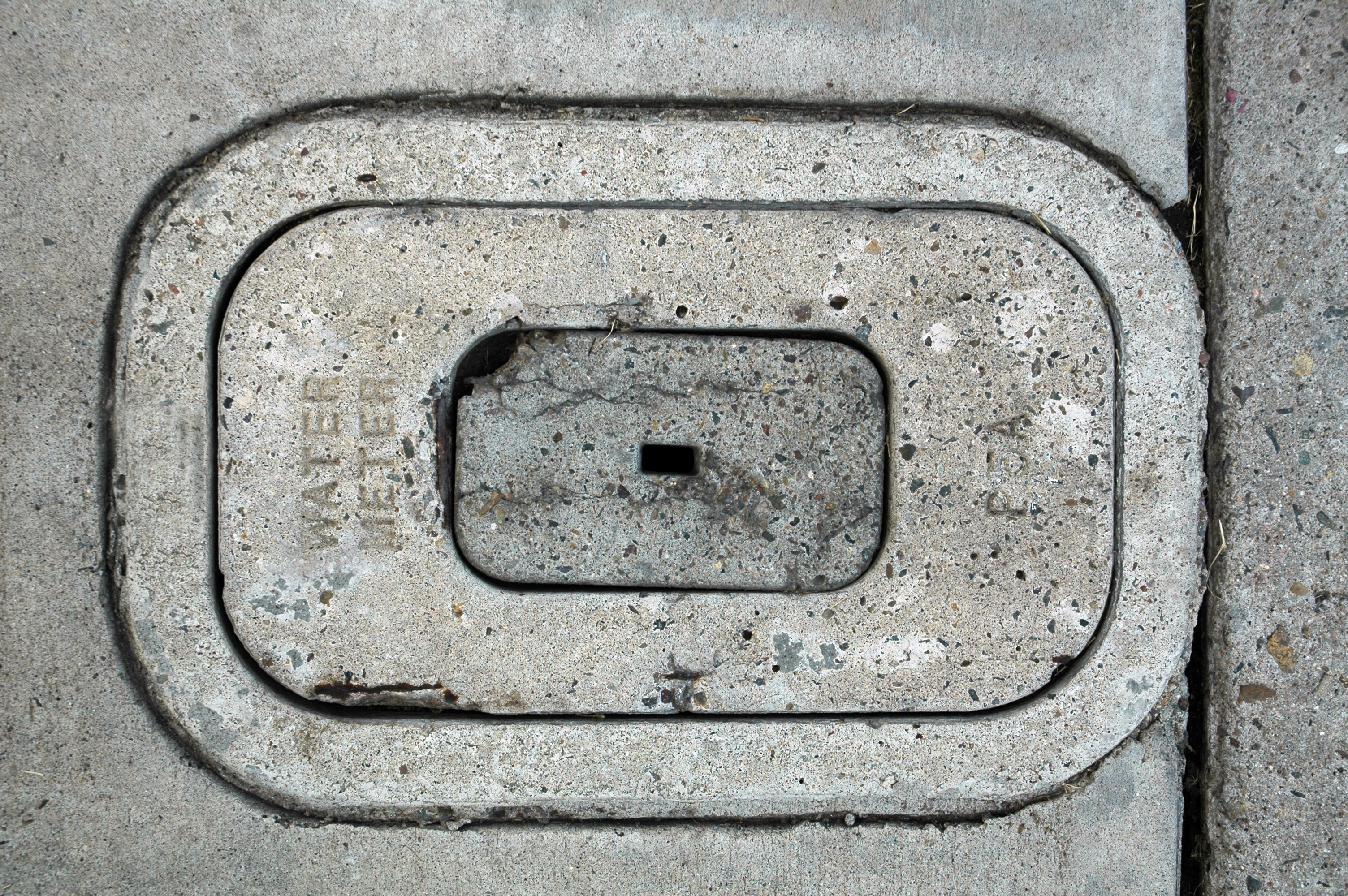Meter Reading - Residential - California Water - Liberty
Liberty Meter Reading to Determine Consumption and Billing
Your water meter is read by our meter reading team once every two months. This reading shows the number of centum (“hundred”) cubic feet (ccf) a customer has used which is reported as “usage” on your bi-monthly bill. Note: 1 ccf = 748 gallons. Liberty water meters are equipped with radio frequency Automatic Meter Reading (AMR) technology whereby a meter reader can obtain an accurate reading without entering your property and manually looking at the meter. Due to this technology, meter reading can be done from the street unless there is an issue with the device. Therefore it is common for meter covers and the meter face itself to be covered in some dirt or mud.
Reading Your Own Meter and Leak Detection
Reading your water meter can help you determine if you have leaks that are wasting water, and adding unneeded dollars to your water bill. Follow these steps to read your meter if you suspect you have a leak:
1. Locate Your Meter
Your water meter can usually be found in front of your home, or in the utility easement at the back of your property. Start by following a direct line from your main outside faucet towards the street or the back of your yard. Most meters are housed in a concrete box marked “water.”
2. Remove Water Meter Cover
Carefully remove the lid using a large screwdriver or similar tool. Insert the screwdriver into one of the holes and pry the lid off.
Note: It is dangerous to use only your fingers to open a meter cover – please use caution!
3. Turn Off ALL Water
Shut off all faucets and water-consuming appliances, including evaporative coolers and ice-makers in refrigerators.
4. Read the Meter
Digital Meters: Check the Flow Rate Display
A digital meter will cycle through four display screens: two screens display the current meter read, one screen displays the size and model of the meter, and another screen displays the rate of water flow through the meter – this is the one to check. When checking for leaks, look at the flow rate not the meter read display. Any flow rate reading above zero (0) indicates a leak.
5. Where's the Leak?
There are a few extra steps required to determine if the leak is inside your house, or between the water meter and the house.
- Turn off your house valve.
- If the water meter flow rate is anything other than zero, you may have a leak between your house and the water meter.
- If the flow rate is zero, you may have a leak within your house.
6. Replace Cover
When you've completed your investigation of the meter, carefully replace the cover.
7. Next Steps if You Detect a Leak
If you think you have a leak, check hose connections, faucets and the toilets for water leaks.
If you have everything turned off and are sure the toilets and connections aren't leaking and yet the water meter flow rate is anything other than zero, you may have a hidden leak in an underground pipe. If you believe this is the case, you may need to call a plumber for assistance.

Water meters can usually be found by following a direct line from your main outdoor valve towards the street, or towards a utility easement at the back of your property.

An example of a digital water meter.
Check out our helpful video detailing how to read your water meter.
